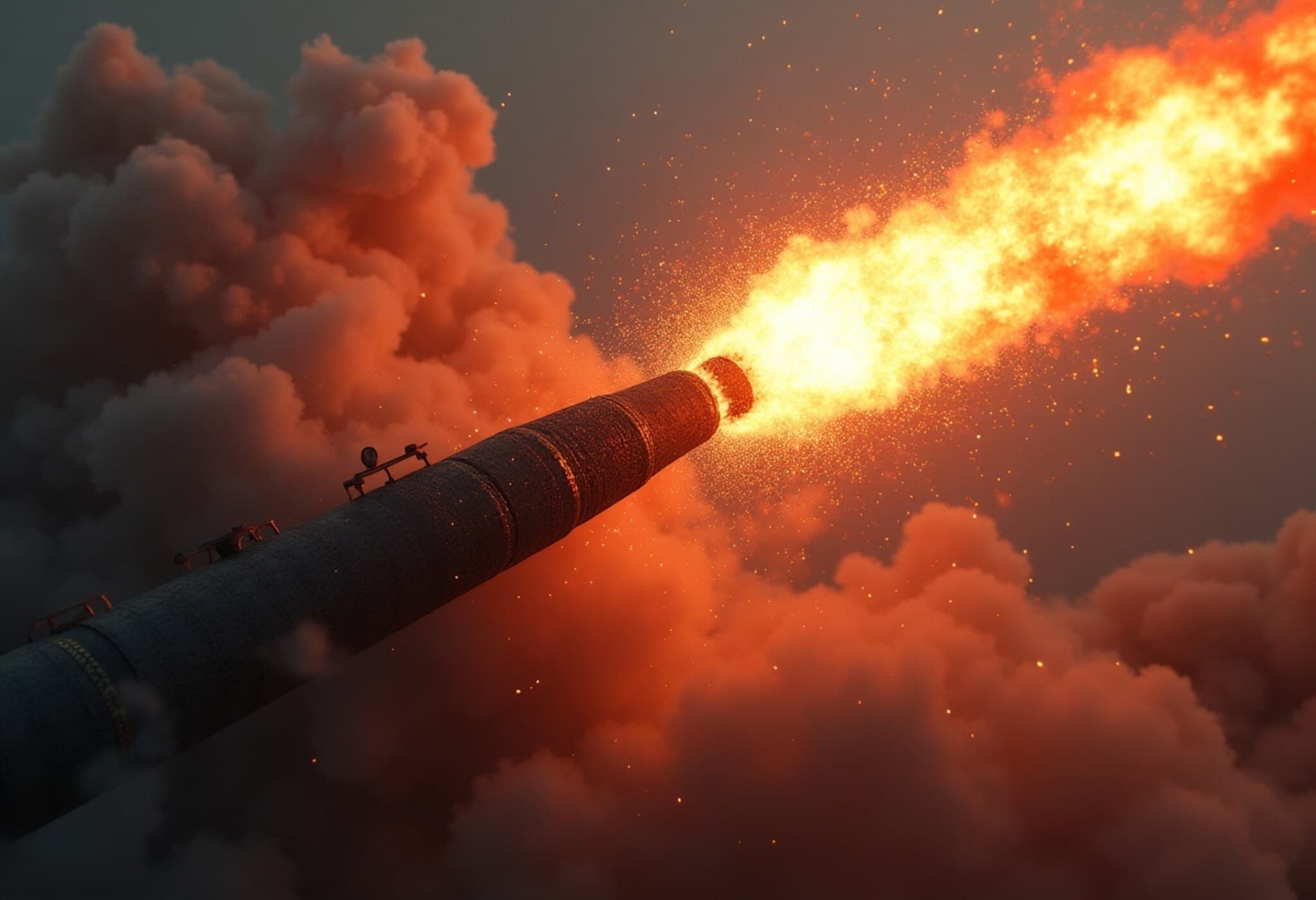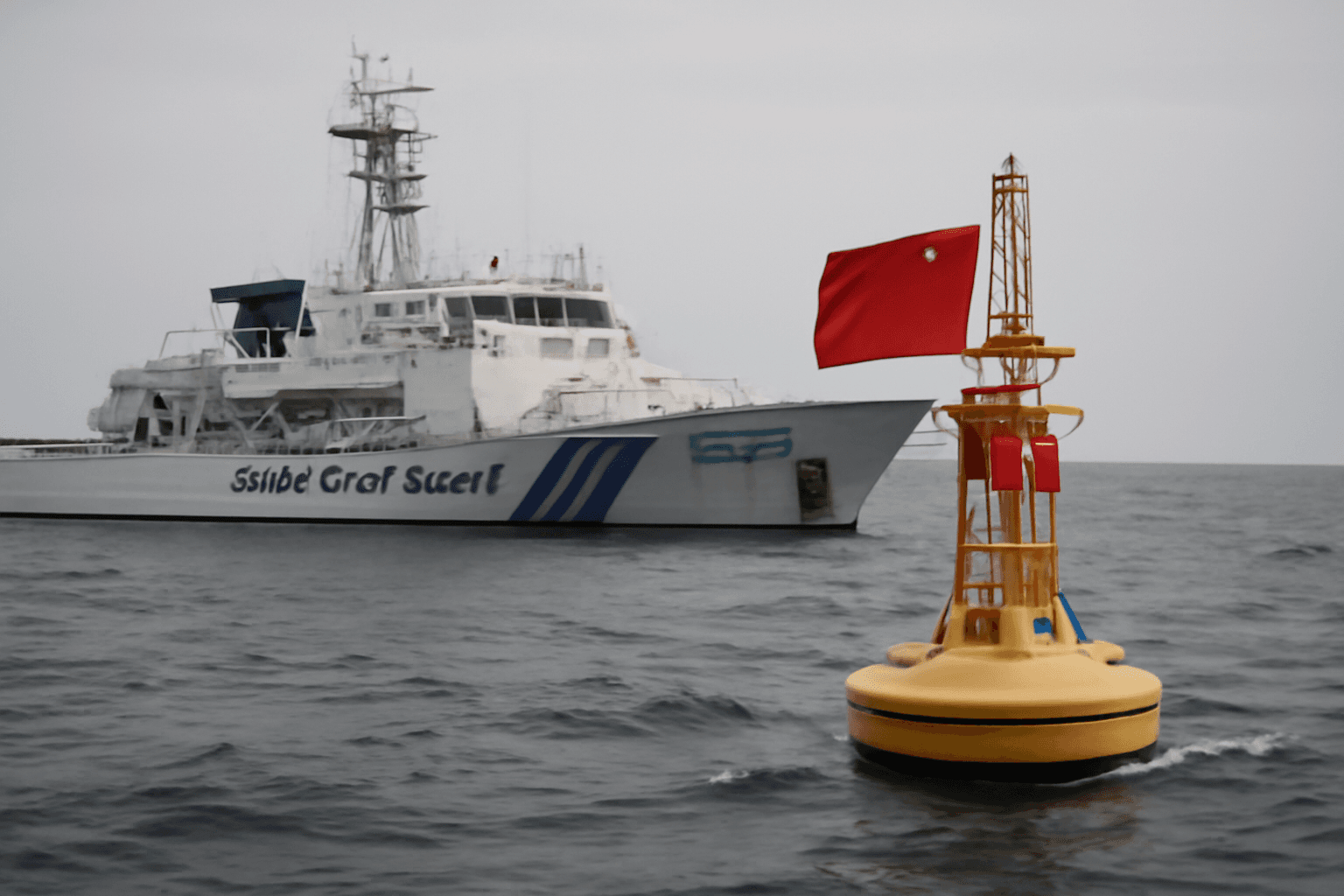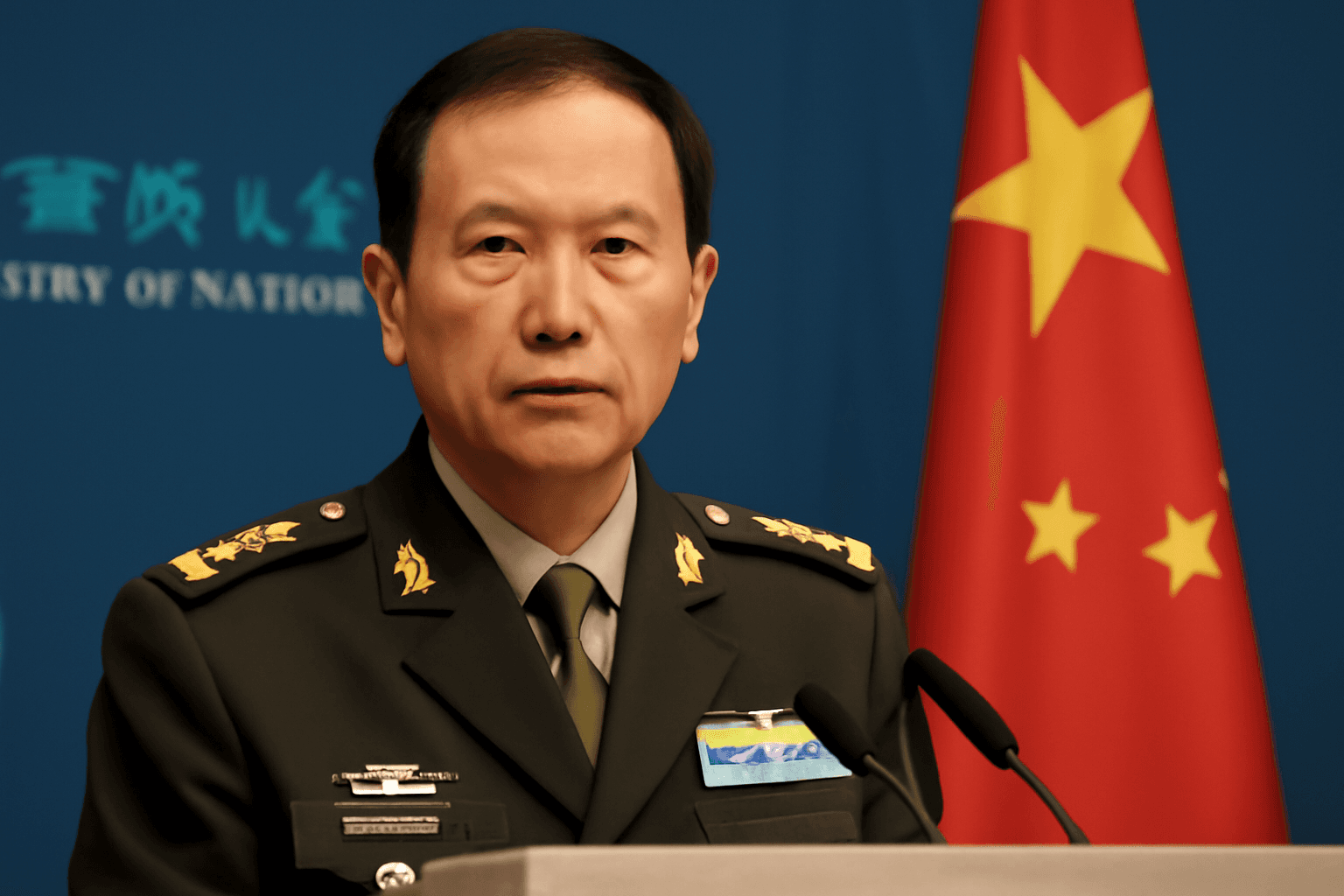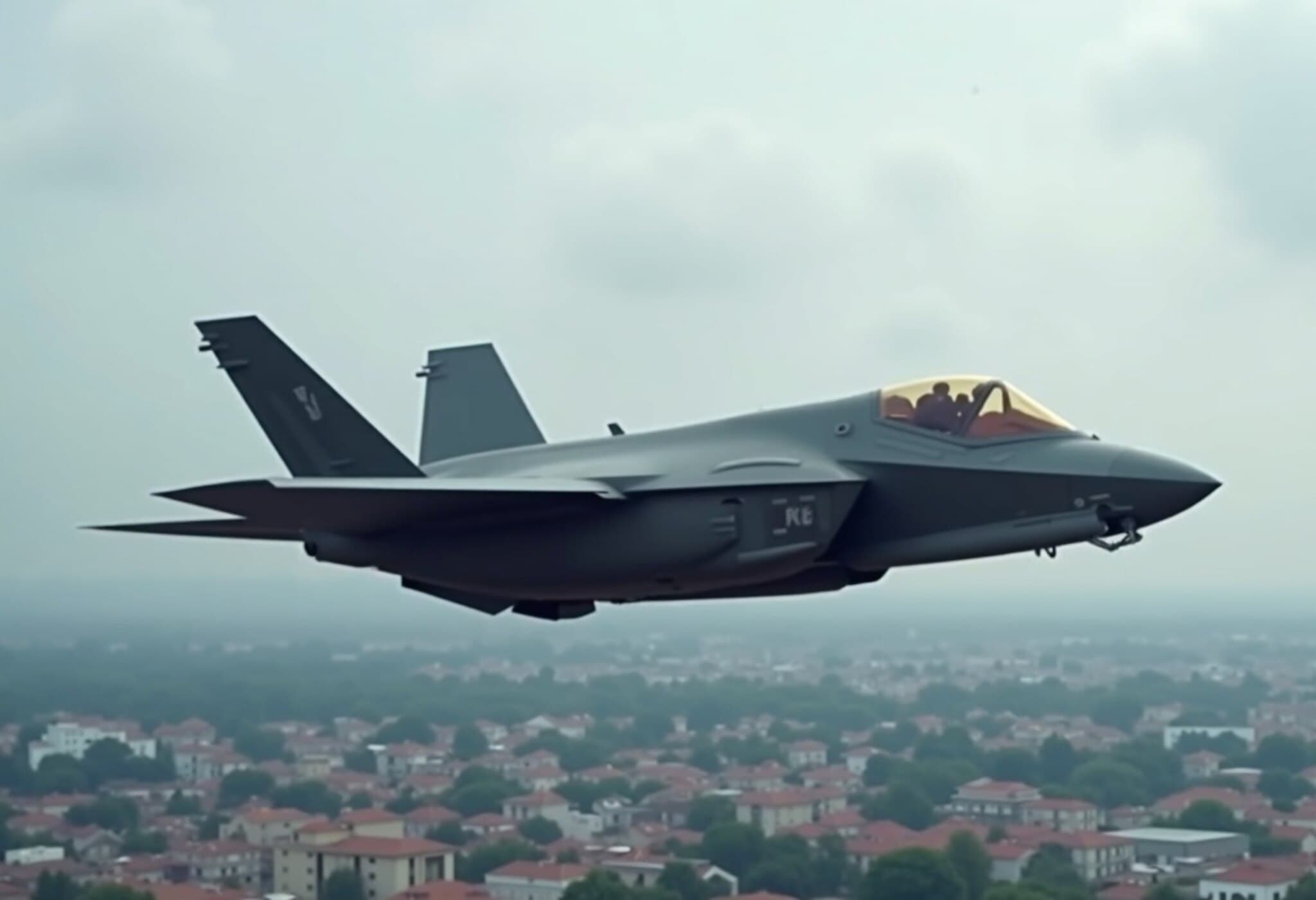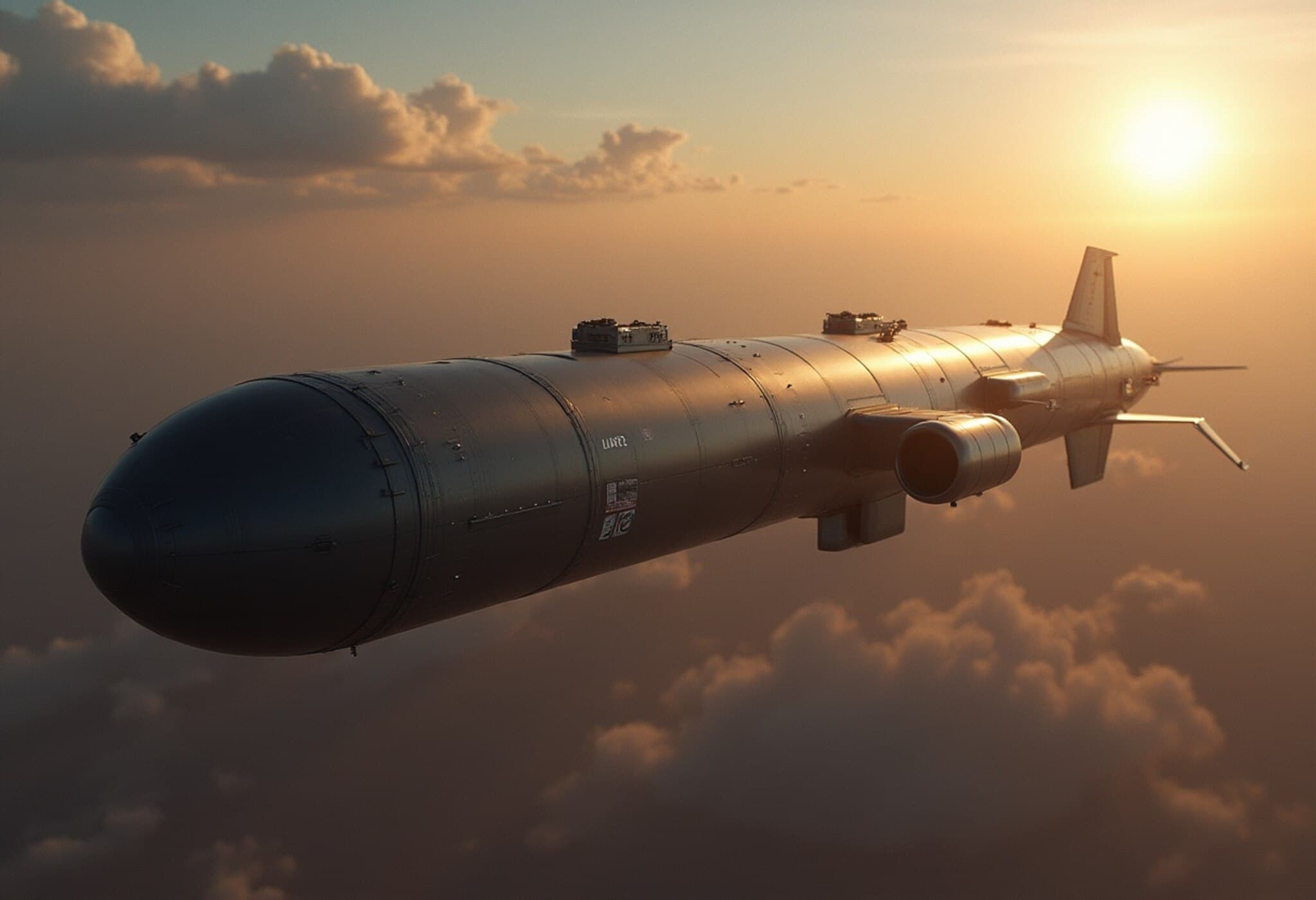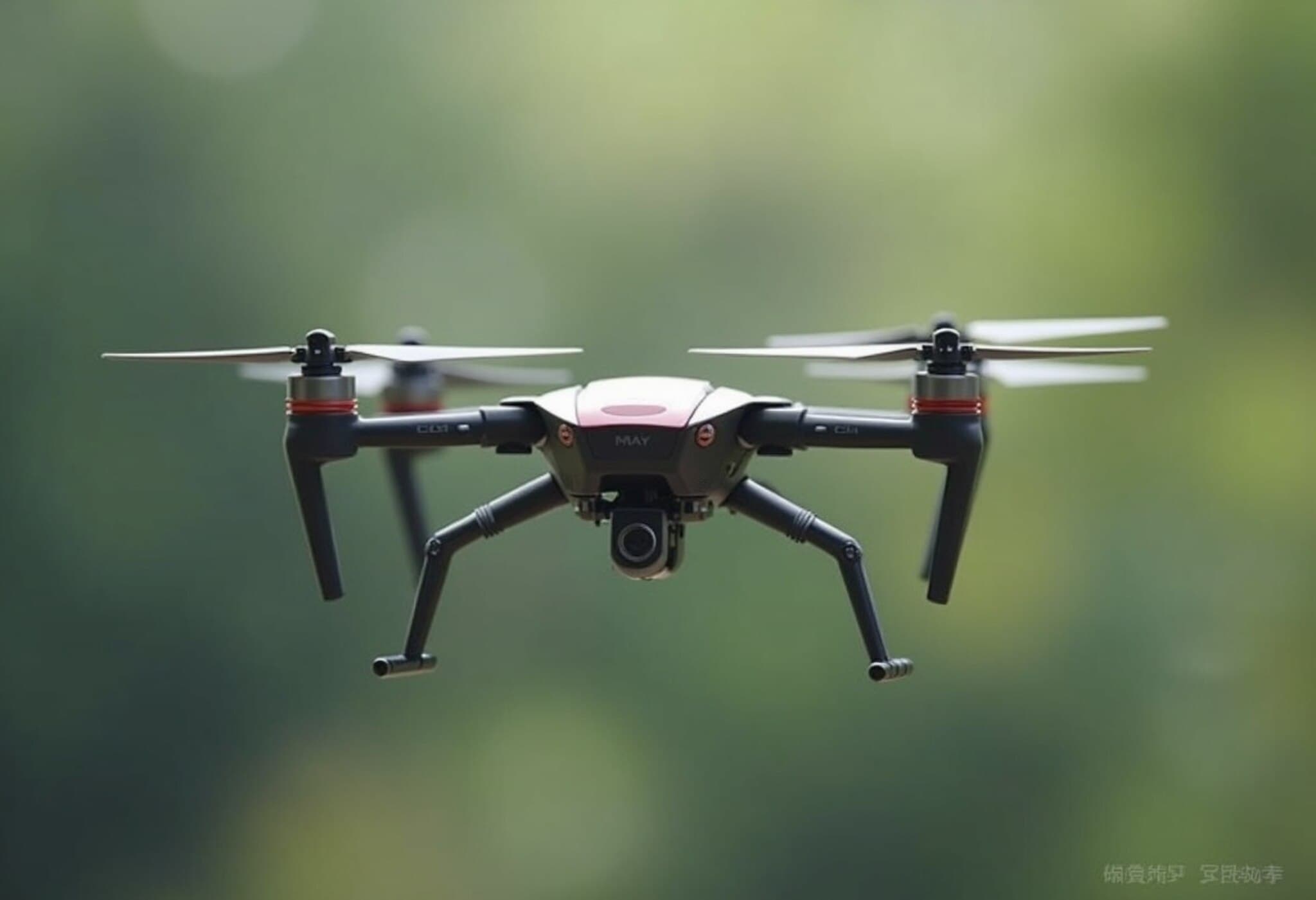China Unveils Advanced Blackout Bomb Capable of Crippling Cities
China has introduced a groundbreaking weapon known as the blackout bomb, designed to incapacitate power grids and plunge entire regions into darkness. This development has stirred concern among experts, particularly given the escalating tensions in East Asia and the potential threat it poses to Taiwan’s critical infrastructure.
How the Graphite Bomb Works
The blackout bomb, often called a graphite bomb or “soft bomb,” releases a dense cloud of fine graphite particles over a targeted area. Because graphite is an excellent conductor of electricity, the dispersed particles cause short circuits across power lines and electrical equipment, leading to widespread outages.
When deployed near civilian or military installations, the bomb disrupts any electrical devices within its reach. More significantly, if released over power plants or substations, the blackout bomb can knock out power for whole regions connected to those facilities.
The Technology Behind China’s Weapon
Recently released footage by China’s state media illustrates the operation of this weapon. The animation shows a missile launched from the ground that disperses approximately 90 small submunitions over a target. These submunitions bounce before detonating above an electrical substation model, resulting in cascading equipment failures.
This method of deployment appears to differ somewhat from earlier versions, like the U.S. BLU-114/B graphite bombs, which release spooled carbon-fiber wires that vaporize to form the disruptive cloud. China’s approach with self-detonating submunitions could offer enhanced precision and coverage.
Historical Use and Impact of Graphite Bombs
Though considered a non-lethal weapon, graphite bombs have a documented history of causing significant disruption. Western militaries first employed them decades ago, with notable usage by NATO forces during the 1999 Kosovo conflict. Their strikes resulted in immediate power outages affecting approximately 70% of the country, disabling military communications but also critical public services such as hospitals, water treatment, and transportation.
Similarly, during the 1991 Gulf War, U.S. forces utilized graphite bombs to disable Iraqi power facilities, showcasing their strategic efficacy in crippling enemy infrastructure while aiming to minimize direct casualties.
The Humanitarian and Strategic Implications
Despite being classified as non-lethal, these weapons raise serious concerns. Disrupting civilian infrastructure can have deadly consequences by hindering access to emergency services and essential utilities.
Reports have condemned targeting utilities like power plants and water treatment as tantamount to a war on public health, emphasizing the profound effects on civilian well-being during conflicts.
Global Proliferation and Regional Concerns
Beyond China and the U.S., other countries have explored or developed similar technology. In 2017, South Korea announced it had developed graphite bombs, preparing to use them against North Korean threats if necessary.
China’s introduction of this updated blackout bomb marks a strategic shift in East Asia, potentially altering the balance of power by providing Beijing with a tool to disrupt adversaries’ electrical infrastructure rapidly and with precision.
What This Means for East Asia
As geopolitical tensions mount in the region, this new weapon underscores the rising complexity of modern warfare tactics, where non-lethal but highly disruptive tools could escalate conflicts in unforeseen ways. The capability to cause widespread blackouts swiftly can severely impair a nation’s defense and civilian resilience, making the blackout bomb a significant factor in military and diplomatic calculations.
In essence, China’s unveiling of its blackout bomb adds a powerful new dimension to the strategic landscape, highlighting the evolving nature of threats to critical infrastructure and civilian safety alike.

